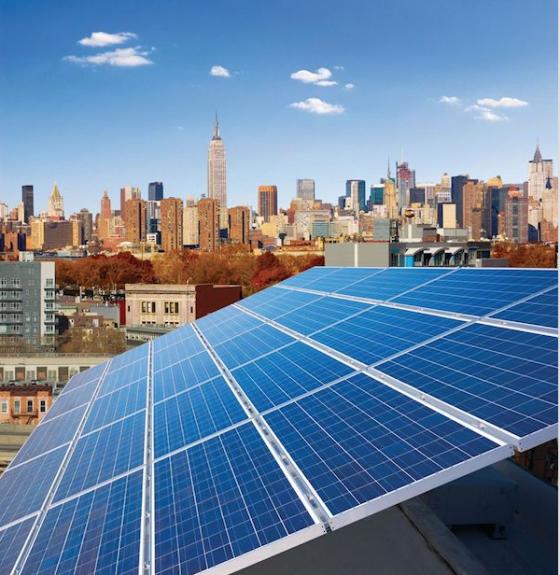Green Building Community
Environmental Impacts of Renewable Energy - Understanding and Balancing the Challenges of Transitioning to a Low Carbon Future
Posted by: Aditya

Harvard University researchers Lee Miller and David Keith have published two studies focusing on the environmental impacts of using renewable energy in the US to meet the energy demands.
Their work has brought to the fore a new facet of renewable energy by showing that these sources of energy, despite being a much better option than non-renewable energy sources (e.g. coal) may not have negligible impacts on the environment.
The first of the studies titled "Observation-based solar and wind power capacity factors and power densities" esimated the power densities of wind power plants for the US. Power density is the rate of energy generation per unit of land surface area occupied by an energy system. Generally, lower power densities mean larger land and environmental footprints (other factors being equal). They estimate that in order to meet present-day US electricity consumption 12% of the Continental US land area would be required using wind energy at 0.5 Watts per sq. meters, or 1% for solar at 5.4 Watts per sq. meters. This translates to 72% and 6% in order to meet the total primary energy consumption (US electricity consumption is 1/6 total primary energy consumption). Also, their estimates show that wind power has 10 times lower power density than solar power with larger wind power plants having smaller power densities. Thus, an emerging concern from these results appears to be the low power density of wind power sources. The authors hypothesize that these power densities could decrease with time given the possible need to expand wind power plants into less ideal locations in order to facilitate major increases in wind power generation.
The second of the studies titled "Climatic Impacts of Wind Power" determined the climatic impacts of meeting US electricity demands using wind energy. Results from this study showed that generating the current US electricity demand (0.5 TWe) with wind power could warm Continental US surface temperatures by 0.24°C. This can be partially attributed to the boundary layer mixing caused by turbines resulting in redistribution of heat. The study also reports that for the same generation rate, the climatic impacts from solar photovoltaic systems are about ten times smaller than wind systems.
These studies emphasize the importance of developing a deeper understanding of the benefits and drawbacks of renewable energy sources before embarking on employing them on large-scales. The authors encourage further research on the impacts of offshore wind power and other renewable technologies on the environment for other countries. They point out that there is no simple answer to the question: Which renewable technology is the best? and suggest that choosing renewable energy sources should be governed by facts regarding their generation potential and environmental impacts.
Study Links: 1.) http://iopscience.iop.org/article/10.1088/1748-9326/aae102
2.) https://www.cell.com/joule/fulltext/S2542-4351(18)30446-X
Please be kind and respectful!
Please make sure to be respectful of the organizations and companies, and other Rate It Green members that make up our community. We welcome praise and advice and even criticism but all posted content and ratings should be constructive in nature. For guidance on what constitutes suitable content on the Rate It Green site, please refer to the User Agreement and Site Rules.
The opinions, comments, ratings and all content posted by member on the Rate It Green website are the comments and opinions of the individual members who posts them only and do not necessarily reflect the views or policies or policies of Rate It Green. Rate It Green Team Members will monitor posted content for unsuitable content, but we also ask for the participation of community members in helping to keep the site a comfortable and open public forum of ideas. Please email all questions and concerns to admin@rateitgreen.com

